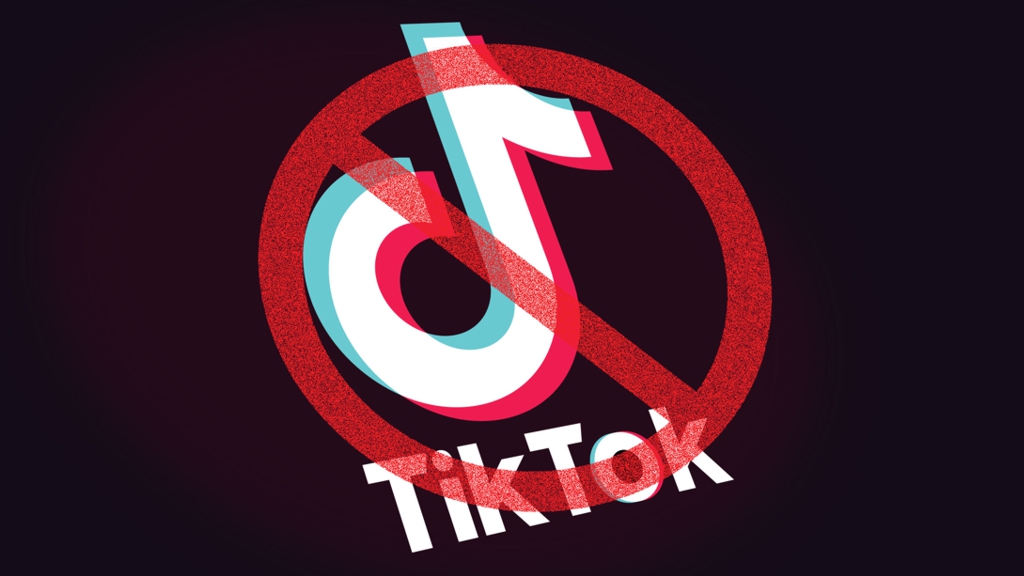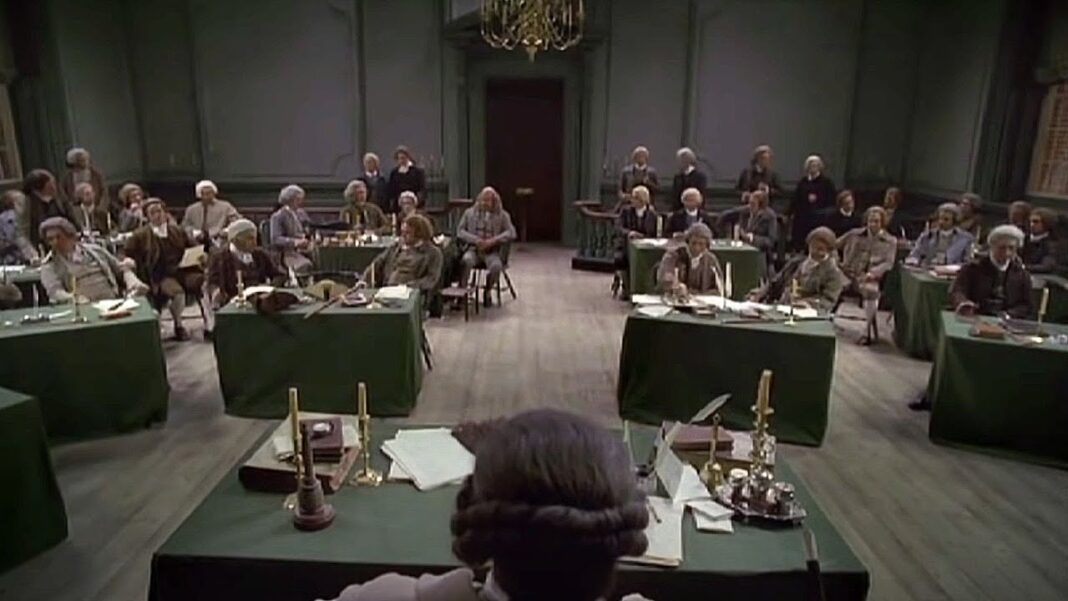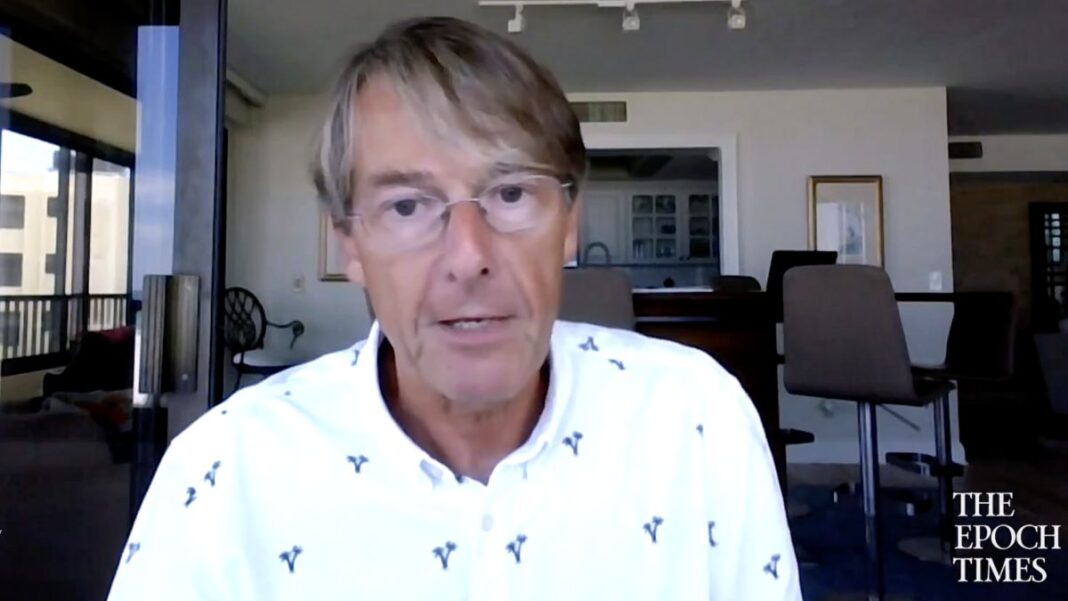TikTok algorithm influences US political beliefs for Beijing
TikTok, the wildly popular and youthful social media app, is controlled by China and tripled its ad revenue in 2022 to $12 billion. Companies want access to this latest conduit to mold youthful preferences, and every year they are willing to pay a lot for the privilege.
Sixty percent of TikTok users are in the age range of 16 to 24, a highly sought demographic for both their impressionability and enduring market potential.
But hapless TikTokers are also apt to lose their private data to Beijing, which ultimately controls TikTok. And the Chinese Communist Party (CCP) uses its control over TikTok’s parent company, ByteDance, to manipulate the TikTok algorithm to favor political messaging that promotes China’s national interests over those of freedom, democracy, human rights, and the United States itself.
Brendan Carr, commissioner of the U.S. Federal Communications Commission, rightly noted on June 28 that “TikTok is not just another video app. That’s the sheep’s clothing. It harvests swaths of sensitive data that new reports show are being accessed in Beijing.”
Carr has called on Apple and Google to remove TikTok from their app stores due to its violation of their rules.
TikTok collects user data for micro-targeted advertising that China can already deploy for political purposes using TikTok users’ unique IDs. Inexplicably, the Biden administration is giving Beijing access to these unique IDs.
According to a recent Buzzfeed News report cited by Carr, Beijing can access all of TikTok users’ data anyway, as there are plenty of backdoors built into the software, which is fully controlled by the CCP even if U.S. TikToker data is stored in places like Virginia, Texas, and Singapore.
So anything a Tiktok user puts on their feed—including cat videos, political beliefs, and their most personal of preferences—is known to Beijing, which can track and correlate them, and micro-target political messaging to users. This could have major effects in democracies, where voters’ political preferences lead directly to changes in government.
By Anders Corr









